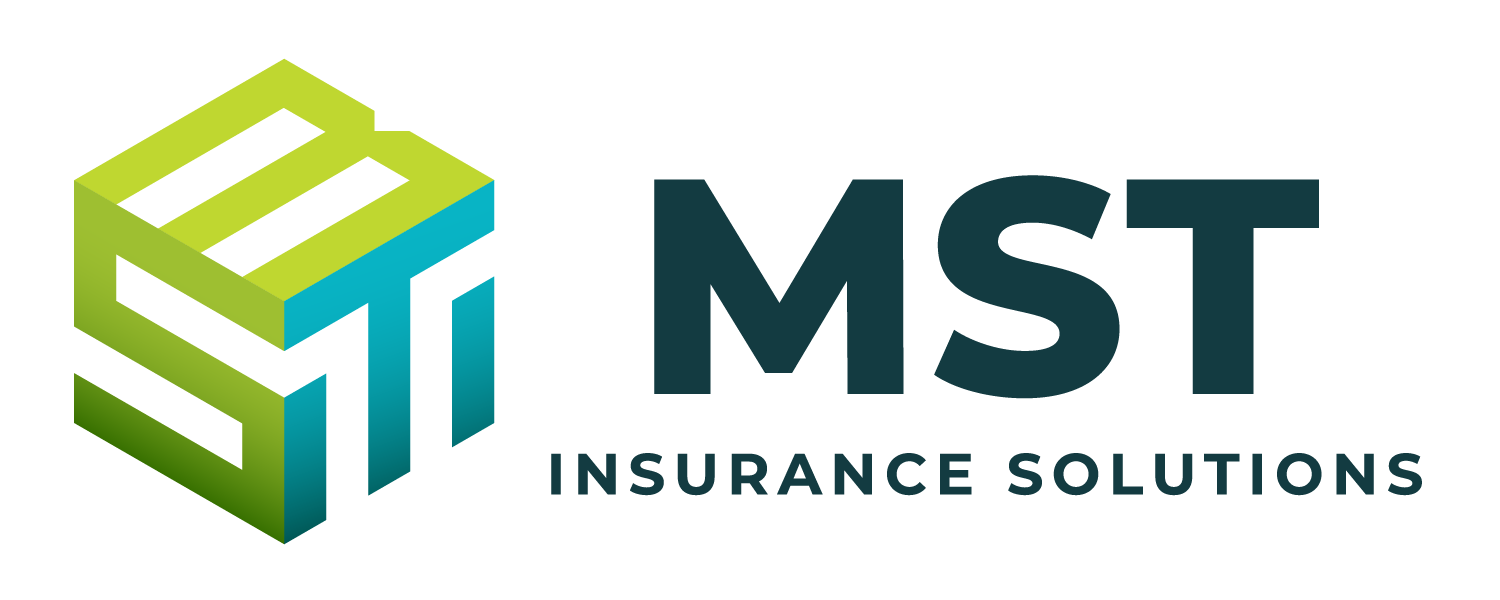Data Backup and Recovery Plans
Data loss from cyberattacks, hardware failures, failed cloud synchronizations, natural disasters, human errors, and other events can lead to significant disruptions, financial losses and compliance issues. These events can also erode client trust and even precipitate business failure. Organizations of all sizes are vulnerable to these risks, but having data backup and recovery plans can mitigate their exposure.
A data backup plan consists of policies and procedures that detail how to create copies of data and store it in a secure, separate location. When devising a data backup plan, there are different options to consider:
- Local backup involves storing data on-site with physical devices such as flash drives or external hard drives.
- Off-site backup entails storing data in locations separate from the original data by saving it on a cloud hosted by a third party or transporting the physical devices with the backup data to a secure off-site location.
Many businesses also combine on-site storage for quick access with cloud storage for redundancy and disaster recovery.
A data recovery plan, on the other hand, details the process of restoring lost or damaged data from backup files after a data loss incident. After recovery, a system or database should be returned to its original state. Having data backup and recovery plans can provide numerous benefits, including:
- Minimizing downtime and disruption to help get operations back online faster
- Protecting against ransomware attacks because if the organization has backed up its data, cybercriminals lose their leverage to extort payment in exchange for its release
- Meeting compliance and legal requirements, avoiding fines and penalties
- Preserving customer trust and reputation by assisting businesses in restoring services quickly after a data loss event
Employers can implement the following practices to ensure effective data backup and recovery plans:
- Identify data to back up by analyzing which data is critical to their operations or is needed to meet regulatory requirements. They should also determine how frequently backups should occur.
- Follow the 3-2-1-1-0 backup rule by storing three copies of the data (in addition to the original) on two different types of storage media (e.g., cloud and external hard drive), with one copy stored off-site. Additionally, one of the backups should be offline to protect against cyber risks. Finally, the “0” refers to ensuring zero errors through regular verification of backup-up data integrity.
- Encrypt data and implement access controls to add layers of protection against data breaches.
- Conduct regular testing to ensure procedures are functional. Employers should also routinely validate the integrity and usability of backed-up data.
- Leverage technology to implement automated backup processes to reduce human error. These processes should be regularly monitored.
- Educate employees on the importance of data backup and recovery plans and effectively communicate changes and updates to policies and procedures.
Data backup and recovery plans are vital to businesses of all sizes to reduce cyber risks. To maximize their benefits, business leaders should continually evaluate their current systems or explore consulting services to enhance their backup and recovery procedures. Contact us today for more information.
Avoiding Common Insurance Gaps
Businesses of all sizes across industries face various risks that can lead to significant financial losses. To mitigate these exposures, business owners secure insurance for their operations. Several considerations go into building an insurance portfolio, and when doing so, business leaders must be mindful of policy specifics.
Failure to adequately address a business’s insurance needs can result in costly insurance or coverage “gaps” that can be detrimental to a business and its stakeholders. Such gaps can cause financial damage; organizations must often pay out-of-pocket expenses when current policies don’t adequately cover a loss. This can also negatively impact a business’s reputation, resulting in a decline in trust and difficulty securing financing. Coverage gaps can arise due to many reasons, including:
- Misunderstanding policy exclusions that eliminate coverage for certain risks, leaving the business vulnerable
- Not reviewing and updating policies to meet their evolving insurance needs
- Relying on personal insurance for business activities that typically exclude coverage for business activities
To avoid insurance gaps, business owners should take the following steps to identify and close them:
- Conduct a comprehensive risk assessment to evaluate potential risks specific to their business and industry.
- Review and update insurance policies regularly to ensure coverage after changes to the business.
- Work with an experienced insurance agent or broker who can provide valuable advice on the coverage businesses need.
- Understand policy exclusions and endorsements by thoroughly reading their policies and understanding their exclusions.
- Ensure adequate limits and proper deductibles are in place to avoid underinsurance and large, unexpected expenses.
Additionally, to ensure adequate insurance is in place, business owners can ask detailed questions and seek clarifications from their insurers or brokers about what is covered in specific policies. They can also consider industry-specific insurance policies that address the unique risks of their operations and bundle policies to reduce costs and avoid gaps between separate policies. Lastly, business owners should be mindful of types of coverage that are often overlooked. These include business interruption insurance, cyber liability insurance, errors and omissions insurance, employment practices liability insurance and commercial liability insurance.
By reviewing their insurance needs, becoming familiar with available policies and working with trusted insurance professionals, businesses can secure comprehensive insurance policies that cover their exposures and best suit their needs.
For more risk management guidance, contact us today.
For a copy of this newsletter, click here: Commercial Risk Advisor Newsletter – November 2024

